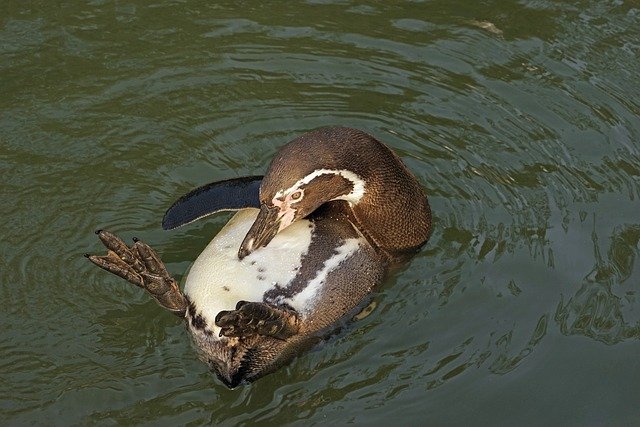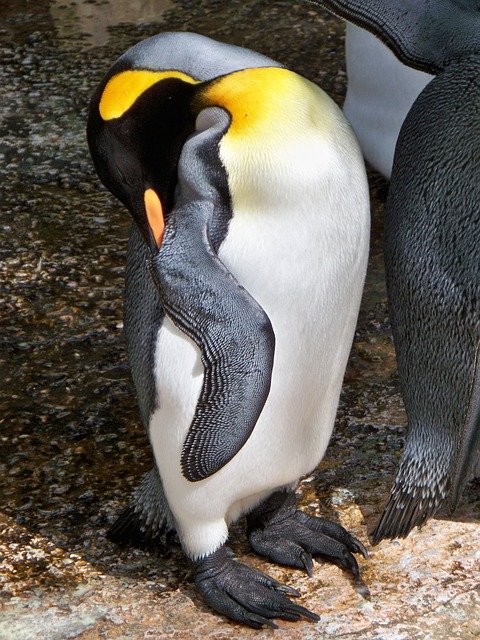**Title: "Adapting to the Ice: The Incredible Resilience of Penguins in a Changing

Adapting to the Ice: The Incredible Resilience of Penguins in a Changing Climate
As climate change continues to reshape our planet, few species exemplify resilience and adaptation quite like penguins. These remarkable birds, primarily found in the Southern Hemisphere, have evolved unique traits that enable them to thrive in some of the harshest environments on Earth. However, as their icy habitats undergo rapid transformation, understanding their adaptability becomes crucial.
The Penguins' World
Penguins are primarily located in the frigid waters of Antarctica and surrounding islands. They are well-adapted to their cold environments, with features such as:
- Insulating Feathers: Penguins have a dense layer of feathers that trap air, providing insulation against freezing temperatures.
- Fat Reserves: A thick layer of blubber helps them maintain body heat and serves as an energy reserve during harsh conditions.
- Streamlined Bodies: Their unique body shape allows for efficient swimming, enabling them to catch fish and evade predators in icy waters.
The Impact of Climate Change
Despite their adaptations, penguins face significant challenges due to climate change. Rising temperatures, melting ice, and shifting food sources threaten their survival. Key issues include:
Melting Ice: As sea ice diminishes, penguins lose vital breeding and feeding grounds. Species like the Emperor and Adélie penguins rely on stable ice platforms for nesting.
Decreased Food Availability: Changes in ocean temperatures affect the distribution of krill and fish, which are essential to penguin diets. This can lead to malnutrition and decreased breeding success.
Increased Predation: With changing habitats, new predators may encroach on penguin colonies, leading to increased mortality rates among chicks and adults.
Resilience and Adaptation Strategies
Despite these challenges, penguins demonstrate remarkable resilience. Some of their adaptive strategies include:
Shifting Breeding Patterns: Some species are altering their breeding seasons in response to changing environmental conditions, ensuring that chicks hatch during optimal feeding times.
Foraging Flexibility: Penguins are capable of adjusting their foraging behavior and diet based on food availability, showcasing their ability to adapt to new ecological conditions.
Social Structures: Penguins often rely on social behaviors, such as huddling for warmth and cooperation during feeding, which enhance their chances of survival in a changing environment.
Conservation Efforts
To ensure the survival of penguin populations, conservation efforts are essential. Initiatives include:
Marine Protected Areas: Establishing protected regions can help safeguard critical feeding and breeding grounds from human interference.
Climate Action: Addressing the root causes of climate change through global cooperation is vital for the long-term survival of penguins and their habitats.
Research and Monitoring: Ongoing research is crucial to understanding penguin populations and their responses to environmental changes, allowing for informed conservation strategies.
Conclusion
Penguins are a testament to the resilience of nature, embodying the struggle for survival in the face of adversity. As we witness the impacts of climate change, it is our responsibility to support conservation efforts and protect these incredible birds and their icy habitats. Through collective action and awareness, we can help ensure that future generations will continue to marvel at the remarkable adaptability of penguins in a changing world.
Join us in advocating for penguin conservation and raising awareness about the impacts of climate change on our planet’s wildlife!

Upvoted! Thank you for supporting witness @jswit.